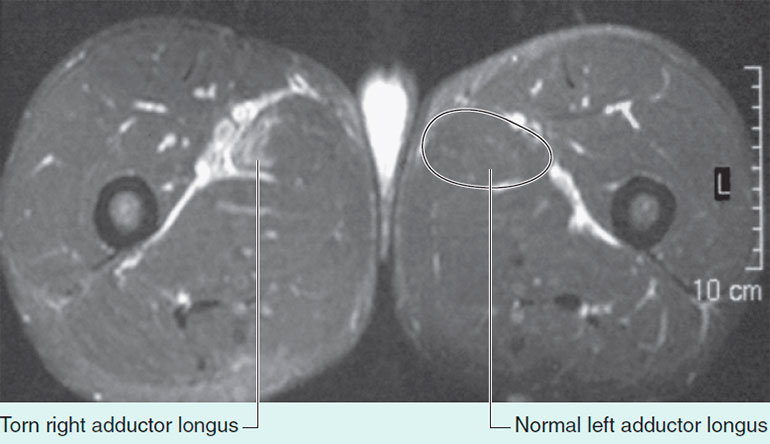Muscle Injuries and Strains: Understanding, Management, and Rehabilitation
Muscle injuries and strains are common occurrences in the world of athletics, often associated with sudden exertions and disruptions in the muscle group. They are a major concern due to their potential impact on an athlete’s performance and career. Understanding the mechanism of these injuries, the affected muscle groups, and the extent of the tear is crucial in determining the prognosis and facilitating treatment.

Muscle Injuries and Strains
Anatomy of a Muscle Injury
Muscle strains, often referred to as pulled muscles, occur when muscle fibers are torn due to overstretching. This can happen during a sudden sprint or a forceful throw, activities that are common in sports. Muscle injuries can range from minor interstitial injuries, affecting only a small number of muscle fibers, to complete muscle ruptures where the muscle is torn apart.

The extent of muscle injury can be classified into three grades:
- Grade I Strain: A mild strain where only a few muscle fibers are stretched or torn. The muscle remains mostly intact and is still functional.
- Grade II Strain: A moderate strain with a greater number of injured fibers and more severe muscle pain and tenderness. There is also a noticeable loss of strength.
- Grade III Strain: A severe injury involving a complete tear or rupture of the muscle, often causing a “popping” sensation. This type of strain is accompanied by severe pain, swelling, tenderness, and loss of function.
Treatment and Prognosis
The treatment of muscle injuries typically involves a combination of rest, ice, compression, and elevation (RICE) protocol, pain management, physiotherapy, and sometimes, surgical intervention. The prognosis largely depends on the severity of the injury, the muscle group affected, and the quality of treatment and rehabilitation provided.
The RICE protocol is the initial treatment approach for muscle strains, aimed at reducing swelling and pain. Pain management usually involves over-the-counter nonsteroidal anti-inflammatory drugs (NSAIDs). In severe cases, where there is a complete muscle rupture, surgical intervention may be necessary.
Physiotherapy plays a crucial role in the rehabilitation process. It involves exercises designed to restore strength, flexibility, and range of motion in the affected muscle group. The rehabilitation process varies in length depending on the severity of the injury, the muscle group affected, and the individual’s general health and fitness level.
Advances in Muscle Injury Treatment
While traditional methods of treatment and rehabilitation for muscle injuries are generally effective, medical science continues to innovate and improve upon these strategies. One of the most exciting advancements in recent years is the development of a device implanted onto the severed spine that enables individuals with paralysis to regain mobility and rebuild muscle.
The device, an electrical implant, boosts the weakened signals from the brain to the legs via the spinal cord, enabling movement. In a case study, Michel Roccati, who had lost all movement in his legs due to a motorbike accident, was able to walk again following the implant’s installation. It’s worth noting, however, that this technology is still in its early stages, and more research is required to ascertain its long-term sustainability.
While the implant doesn’t restore mobility to the pre-injury level, it represents a significant improvement from the status quo and is indicative of the potential for technology to aid in muscle injury rehabilitation. This advancement, along with other emerging treatments such as stem cells and small molecules that inhibit scar formation, is ushering in a new era of muscle injury treatment and rehabilitation.
Conclusion
Muscle injuries and strains pose a significant challenge, particularly in the athletic field. The severity of these injuries can range from minor strains to complete muscle ruptures, with varying impacts on performance and career longevity. Advances in medical science, however, are revolutionizing treatment and rehabilitation, providing hope for improved recovery outcomes and better management of these injuries in the future.












